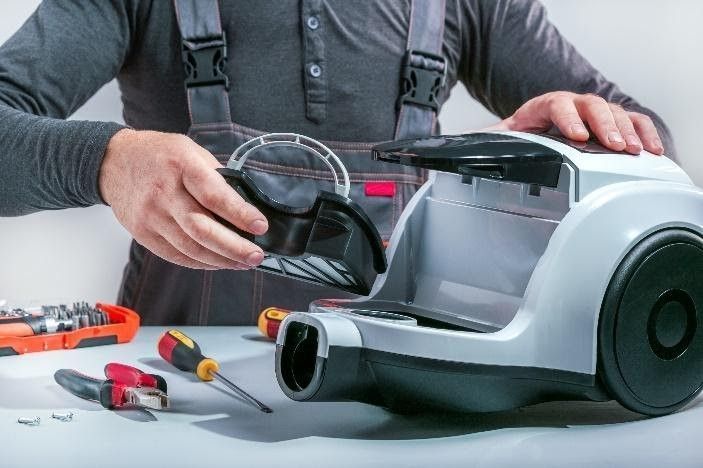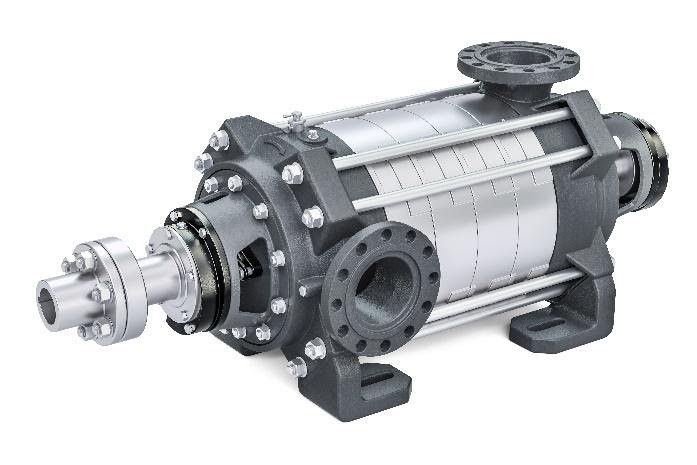Understanding How the Vacuum Motor Works
Table of contents

You can ask our experts how your
home central vacuum system operates
Without a doubt, the middle of summer in most states in the U.S is hot! The temperature outside does not affect the operation of a home’s central vacuum system, but cooling is crucial. Cooling has a big impact on how well vacuum motors perform as well as how long they will last. Most often, two motor designs are used in central vacuum systems, and the primary difference is how they are cooled. Notably, traditional vacuum cleaner motors design is called a bypass. It employs two fan systems – one to work and one to cool.
The working air bypasses the motor and hence the name. That way, the cooling fan uses other (cooler) air to keep the motor cool. The other motor system is called thru-flow and uses one fan system to both work and cool the motor hopefully after the airflow has been filtered. Thru-flow motors use the working air to flow over the motor and carry away the built-up heat, hence their name.
Bypass vacuum cleaner motors are always cooling themselves at the same level anytime they are running. They are not affected by other parts in the vacuum system, maintenance requirements, or the central vacuum user. On the other hand, a thru-flow motor cooling efficiency is affected by nearly every part of a complete vacuum cleaning system and also by how the vacuum system is used, repaired, and maintained. However, a thru-flow cooling is affected by filter performance, debris particle size, length of PVC tubing, degree and amount of elbows in the tube system, and the composition, design, and length of the vacuum hose, and perhaps most notably the orifice of the cleaning tool being used.
Why do they use the lesser design motor at all? At one time, a certain manufacturer tried to promote the change as “better for the environment”. Back then, the thru-flow vacuum motors were only manufactured in smaller amperage configurations. Despite being severely underpowered, they used less electricity.

Thru-flow vacuum motors are manufactured
in smaller amperage configurations.
What they did not reveal was that the cost savings were sufficient to allow you to run your microwave to heat a cup of coffee once per month with your windfall of savings. Thru-flow motors are cheaper and more plentiful in the market. What was once the most expensive part of the central vacuum can now be as cheaply produced as every other part in the vacuum.
Stop the toss and replace manufacturing culture from taking over built-in vacuums. Do your part next time you buy a central vacuum power unit. Purchase a real central vacuum with a real bypass motor.




Log In
Create New Account